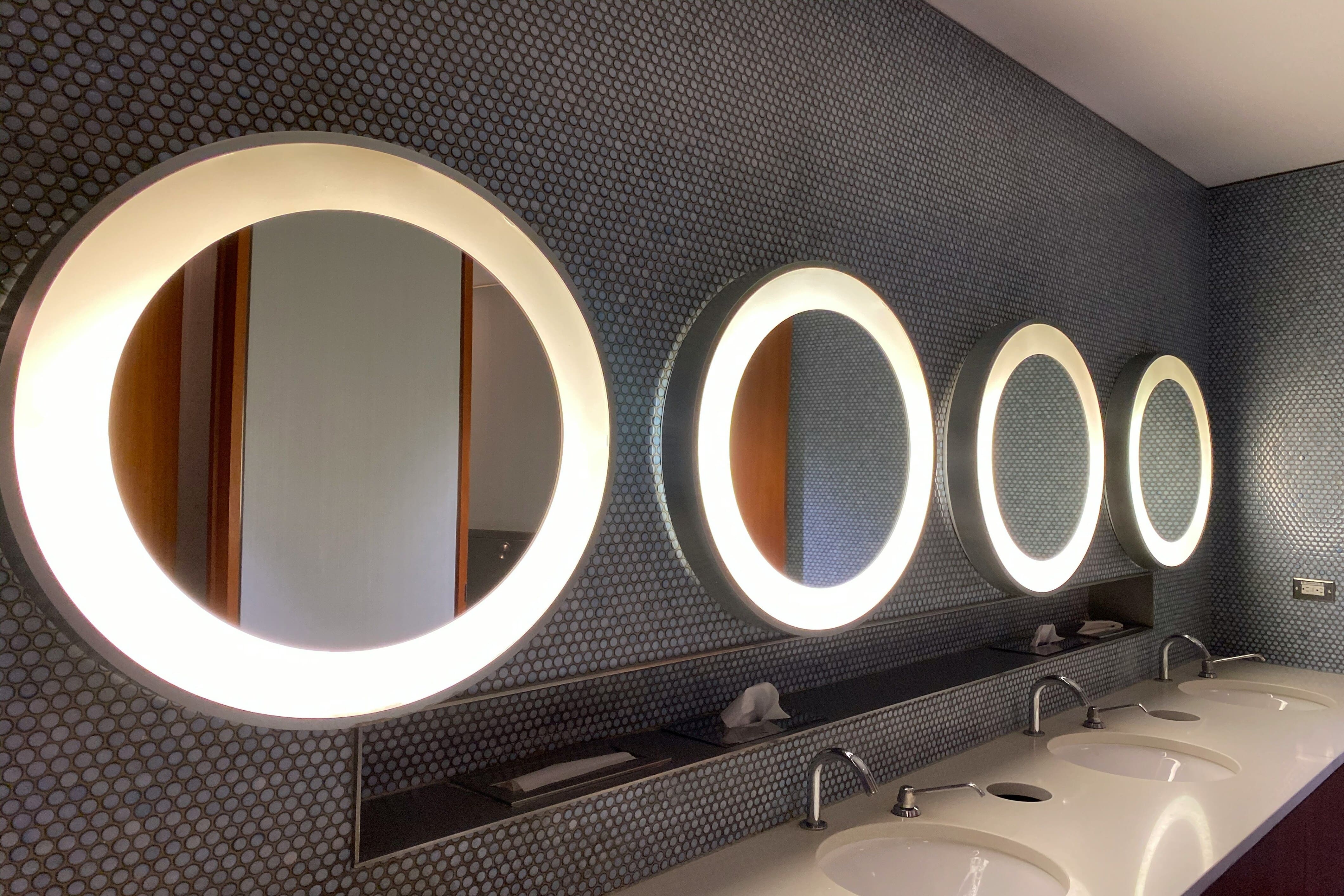How to Use 3D Printing in Science Projects
“ 3D printing revolutionizes science by allowing the creation of precise prototypes and tools, accelerating progress in research.”
Introduction
3D printing is a revolutionary technology that has been gaining popularity in recent years. This technique consists of creating three-dimensional objects through the superposition of layers of material in a process known as additive. Instead of carving or manipulating an object from a solid block, 3D printing allows objects to be built precisely and in detail from a digital model. This technology has revolutionized the way objects are manufactured, allowing for greater customization and flexibility compared to traditional manufacturing methods.
3D printing and science
3D printing has proven to be an extremely useful tool in a wide range of scientific fields, such as medicine, engineering, biology, and archaeology. This technology has opened up new possibilities in scientific research and has significantly improved our ability to understand and explore the world around us.
Applications of 3D printing in science projects
Below are some of the main applications of 3D printing in science projects:
1. Prototypes and models
3D printing allows scientists and designers to create prototypes and scale models quickly and accurately. This is especially useful in projects where a three-dimensional visualization of an object or concept is required. For example, in the field of archaeology, 3D printing has been used to recreate precise replicas of ancient artifacts and structures for the purposes of study and preservation.
2. Custom instruments and devices
In the medical area, 3D printing has been an invaluable tool for creating custom instruments and devices. 3D scanners can be used to obtain digital models of human body parts, which can then be 3D printed to create personalized prostheses, implants, and even medications.
3. Repair and replacement of parts
In many scientific projects, it can be difficult to find replacement parts for specific devices and equipment. 3D printing offers a quick and economical solution for the repair and replacement of custom parts. Scientists can 3D print parts that perfectly fit their needs and save time and money compared to finding and purchasing replacement parts.
4. Design and optimization of experiments
3D printing can also be used to design and optimize scientific experiments. By creating physical models of the objects or structures involved in the experiment, scientists can better visualize possible outcomes and make adjustments before conducting the experiment itself. This can help save time and resources, and ensure that the experiment is as accurate and efficient as possible.
Limitations of 3D printing in science projects
Despite its multiple applications, 3D printing also has certain limitations that must be taken into account when using it in scientific projects. Some of these limitations include:
1. Limited materials
Although 3D printing can be used with a wide range of materials, not all materials are suitable for certain scientific projects. For example, you cannot 3D print objects that require certain specific chemical or electrical properties.
2. Limited precision
Although 3D printing is a very precise technology, it can be difficult to achieve the same precision as other manufacturing methods in certain cases. Therefore, it is important to keep the limitations of 3D printing in mind when choosing this technique for projects that require high precision.
3. Cost
3D printing can be an expensive technique, especially if high-end equipment or specialized materials are required. Therefore, it is important to evaluate the cost benefit before using 3D printing in scientific projects.
Conclusion
In conclusion, 3D printing offers a wide range of benefits and applications in scientific projects. This technology has proven to be a valuable tool for research and exploration in different fields, and its use will continue to grow in the future. However, it is important to take into account its limitations and use it intelligently and strategically to obtain the best results in scientific projects.





